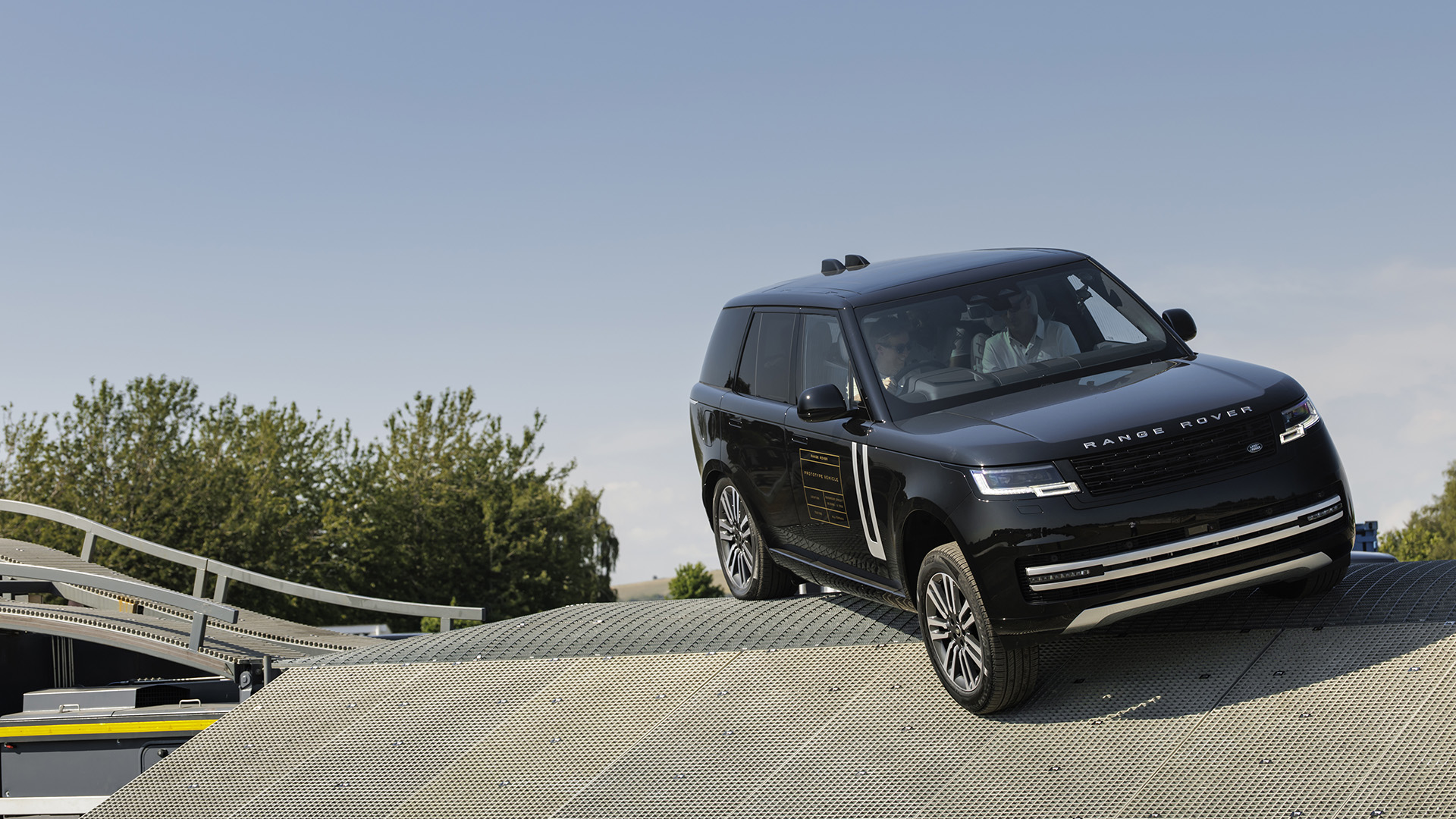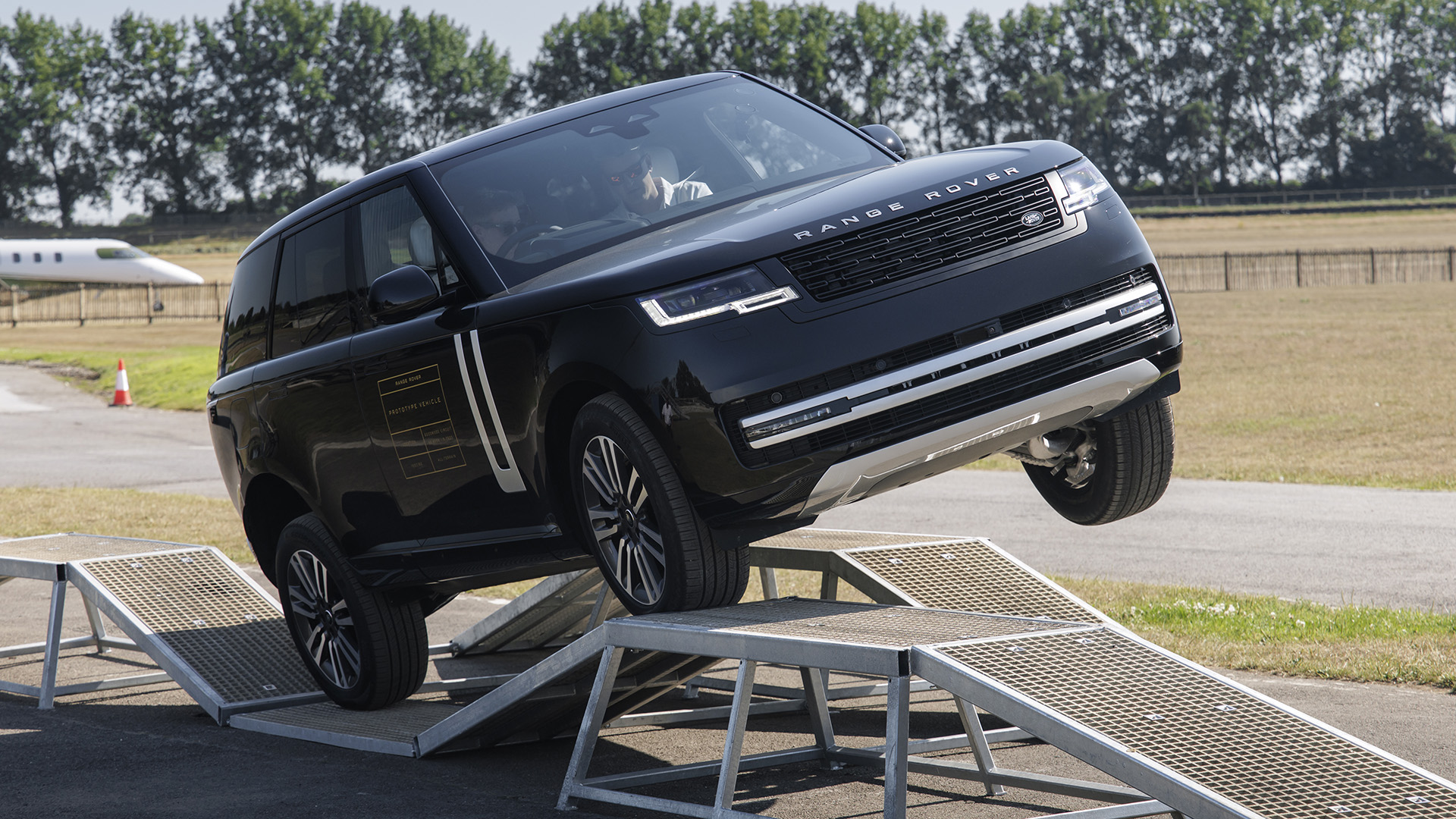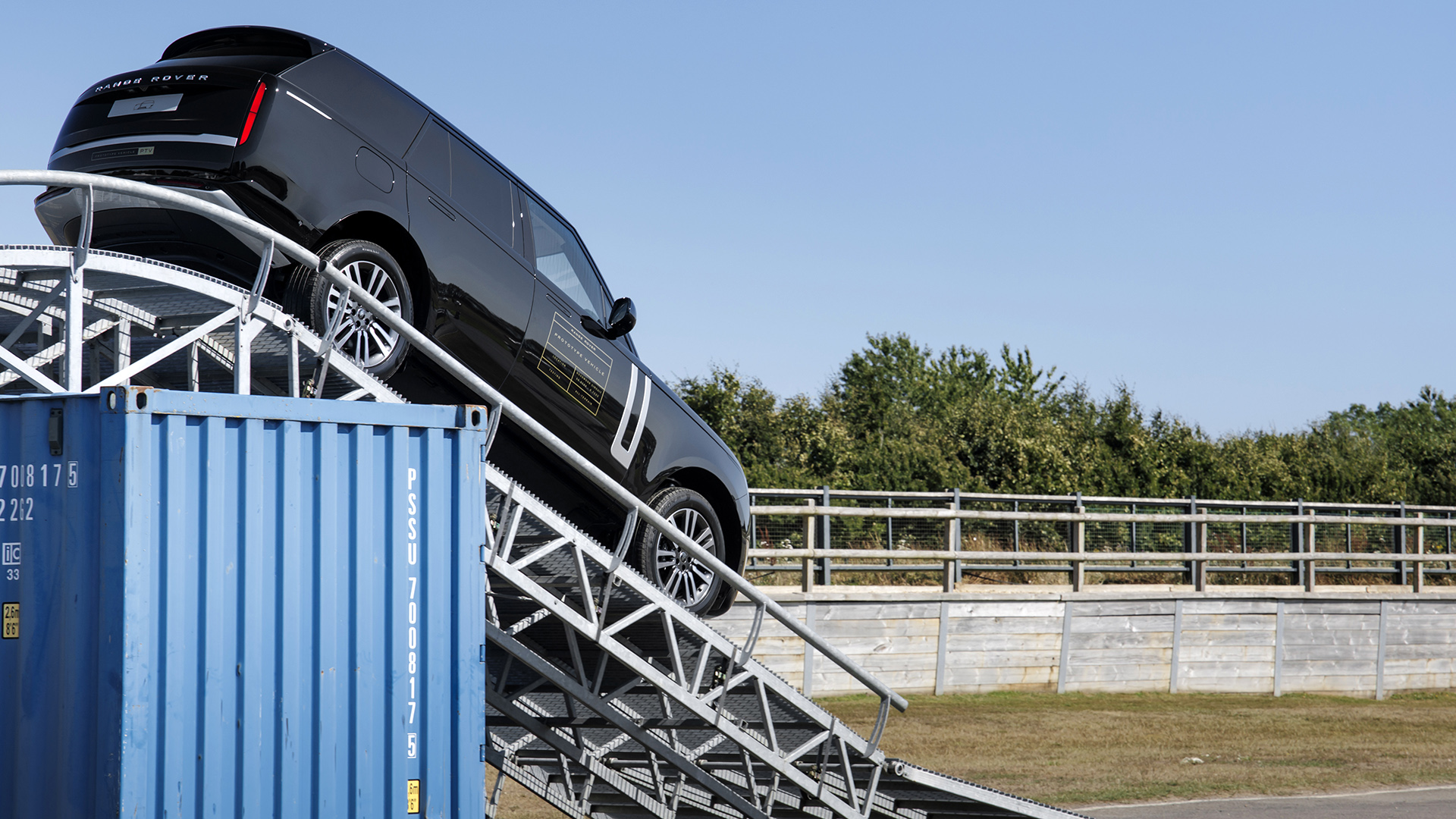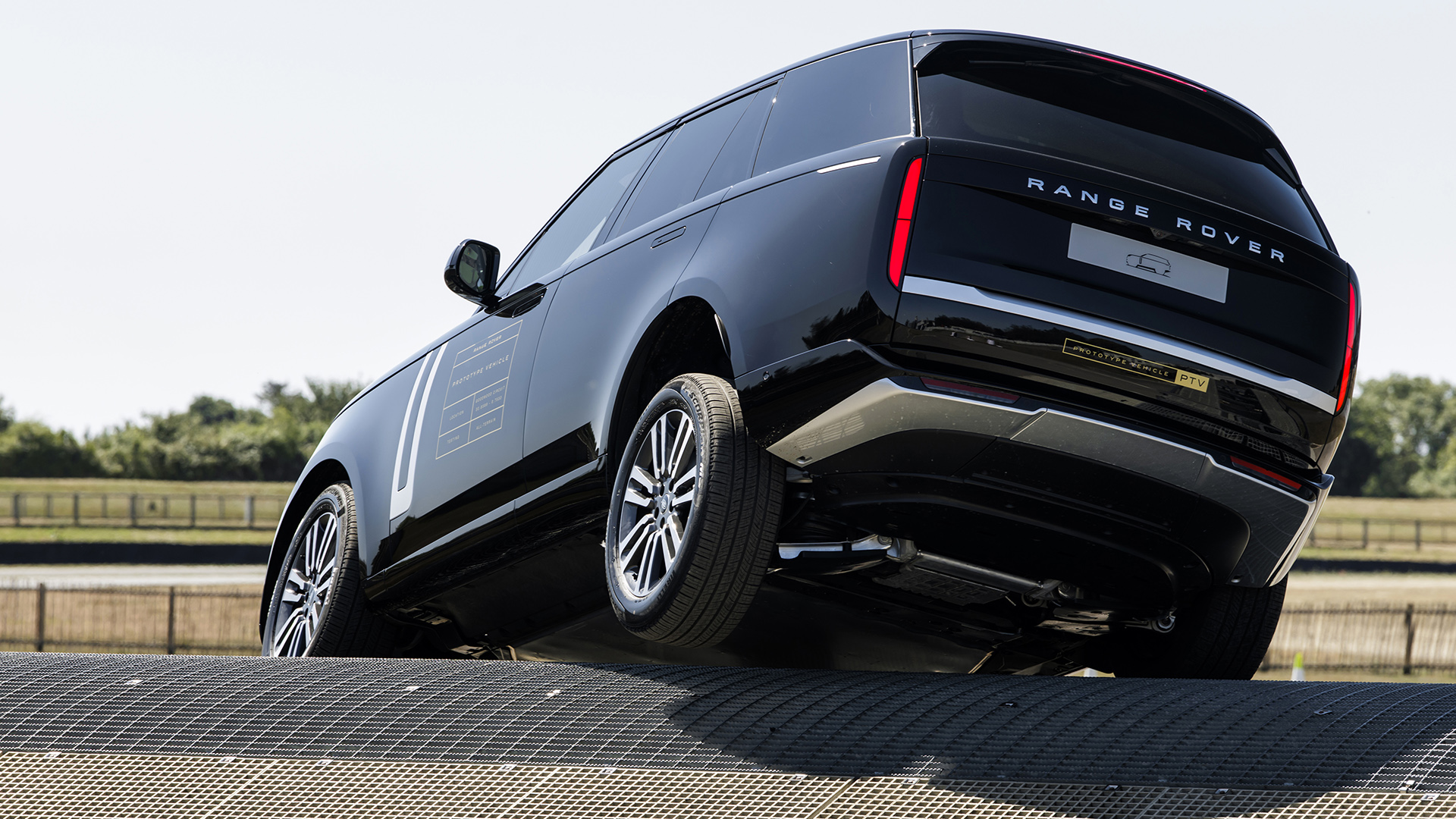I took the Range Rover Electric off-road, and the performance shocked me
Putting the Range Rover Electric prototype through its off-road paces, it’s clear that this is no ordinary EV


The Range Rover Electric is still very much in development. This long-awaited fully electric version of Jaguar Land Rover’s flagship luxury SUV was first announced back in 2003, and was expected to be released this year. However, testing continues.
One sign that it’s getting closer to release is that I was invited to give it a test drive around an off-road course, set up next to the Goodwood Race Circuit, last weekend. The prototype I was driving was still in testing, but felt close to being finished.
Press releases have previously shown the Range Rover Electric in testing on sand and ice, but this was the first off-road testing. The course was all man-made rather than the regular combination of rocks, mud and trees, but looked equally challenging. The staggered ramps, 45-degree climb and rolling hill, all designed to restabilise the car and put the four-wheel-drive system to the test.
The course required precision at the guidance of professionals, both in the passenger seat and spotting from the outside. Setting off, there’s very little to differentiate between this and the standard petrol-powered Range Rover, except a lack of engine noise on start-up, and a big red stop button, reminding me that this is still very much a prototype.
First, I used the off-road terrain settings in the car to put it into Rock Crawl mode, and raised the air suspension to its maximum height (as you would the ICE model). Range Rover engineers claim this is one of the first EVs with a rock mode (the Rivian also has it), and as it’s electric, there’s no need to put the car in neutral to lock the diffs and switch to a low-range gear first.

This electric Range Rover features dual motors, one on the front axle and one on the rear axle, giving this car plenty of torque. To manage that torque, it has made use of some technology previously seen on the SV models, such as the twin-valve air suspension. However, I was warned to be patient with the accelerator, to let the car analyse the conditions.
Single pedal driving is a feature in many electric cars, but the Range Rover Electric employs it across all of its off-road modes, making courses like this even easier to navigate. Taking my foot off the accelerator allows the car to brake to a stop, even on severe inclines and declines, though the brake pedal is still useful if you need a sudden stop. The hill descent feature has also been refined to allow a really smooth crawl down, without any pedal interaction.
Get all the latest news, reviews, deals and buying guides on gorgeous tech, home and active products from the T3 experts

There are still details that haven’t been revealed about the Range Rover Electric, but we do have some strong hints. The final weight is unknown, but it’s expected to be less than the 3,480kg of the hybrid-powered model. The battery capacity is 118kWh but the final range is only revealed to be competitive – hopefully this means in the 350-390 mile ballpark, which is now becoming standard for large SUV models, like the Volvo EX90.
Unsurprisingly, perhaps, the Range Rover Electric had no problems completing the course set up for it, but it did show how incredibly competent the car is already. According to the engineers, there’s still work to be done on this model, though. Partly because they are still not fully happy with how it performs, but also because there’s a lot more potential in it. I suspect by the time this car does reach the market – which is now expected to be in 2026 – it will be simply stunning. It already feels like the ultimate off-road electric SUV. I also imagine that an electric Defender won’t be far behind.


As T3's Editor-in-Chief, Mat Gallagher has his finger on the pulse for the latest advances in technology. He has written about technology since 2003 and after stints in Beijing, Hong Kong and Chicago is now based in the UK. He’s a true lover of gadgets, but especially anything that involves cameras, Apple, electric cars, musical instruments or travel.
You must confirm your public display name before commenting
Please logout and then login again, you will then be prompted to enter your display name.